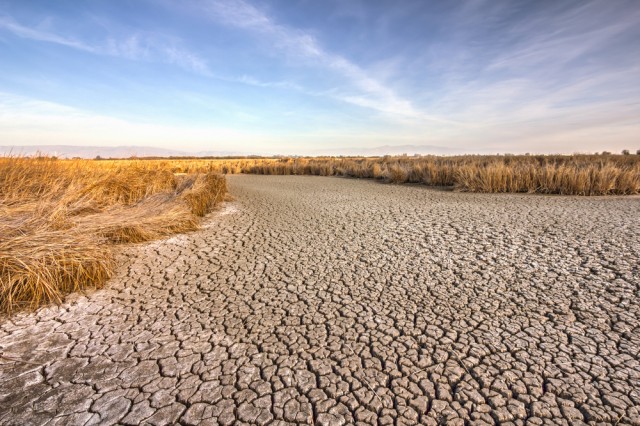March 22 marks the UN’s World Water Day, which “celebrates water and raises awareness of the 2 billion people currently living without access to safe water.”
According to the UN: “When a territory withdraws 25 per cent or more of its renewable freshwater resources it is said to be ‘water-stressed’.” Globally in 2018, just 18.4 percent of total renewable freshwater resources were being withdrawn. Regionally though, there are already places experiencing serious issues. Northern Africa has critical water stress levels, while Central and Southern Asia were classed as having high water stress. On the other end of the scale, 31 percent of the global population remained at the “no stress” level.
As projections from the World Resources Institute for 2040 show though, the problem is only due to become more widespread. Reporting by the Economist Intelligence Unit states: “Quickening urbanization, population growth, climate change and economic development are placing pressure on water systems.”.
According to the outlook, 44 countries face either “extremely high” or “high” water-stress levels by 2040. As warned in the Economist’s report: “At the same time, rising sea levels place a growing number of geographies, particularly in East and South-east Asia, at a higher risk of flooding, which can overwhelm sanitation systems and pollute drinkable water sources”.


